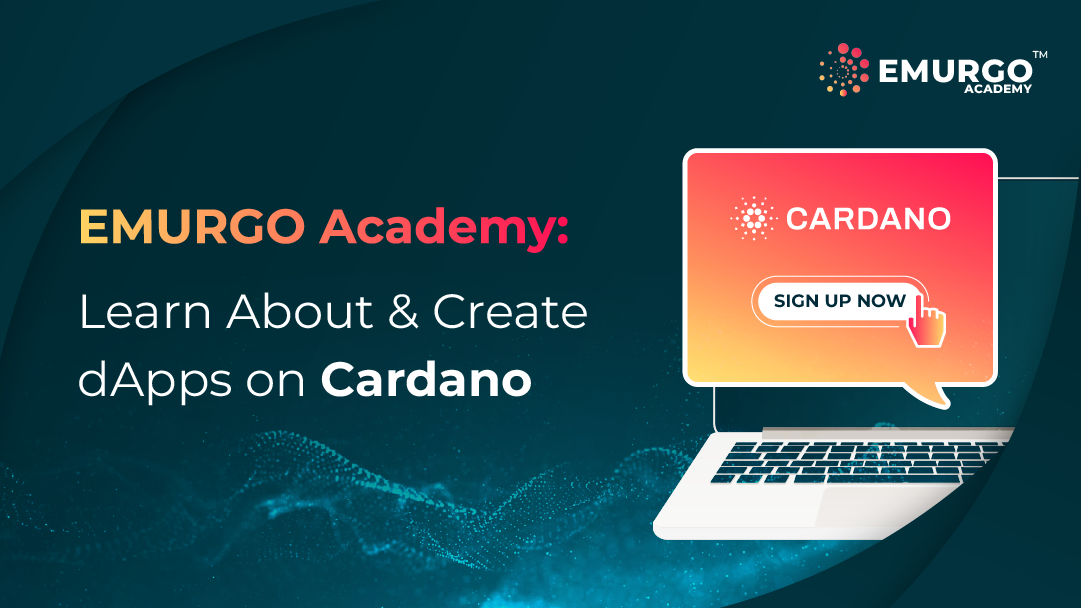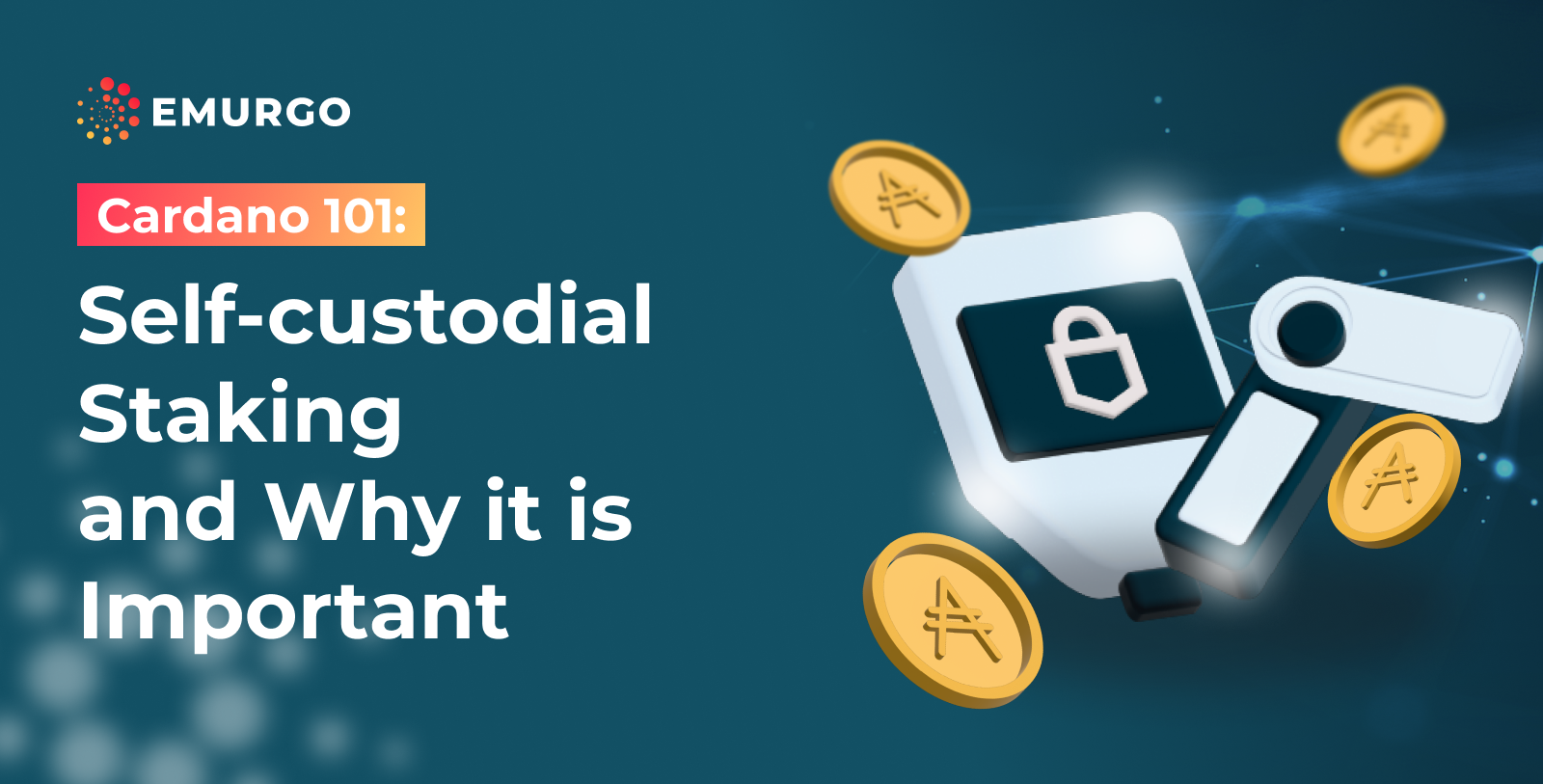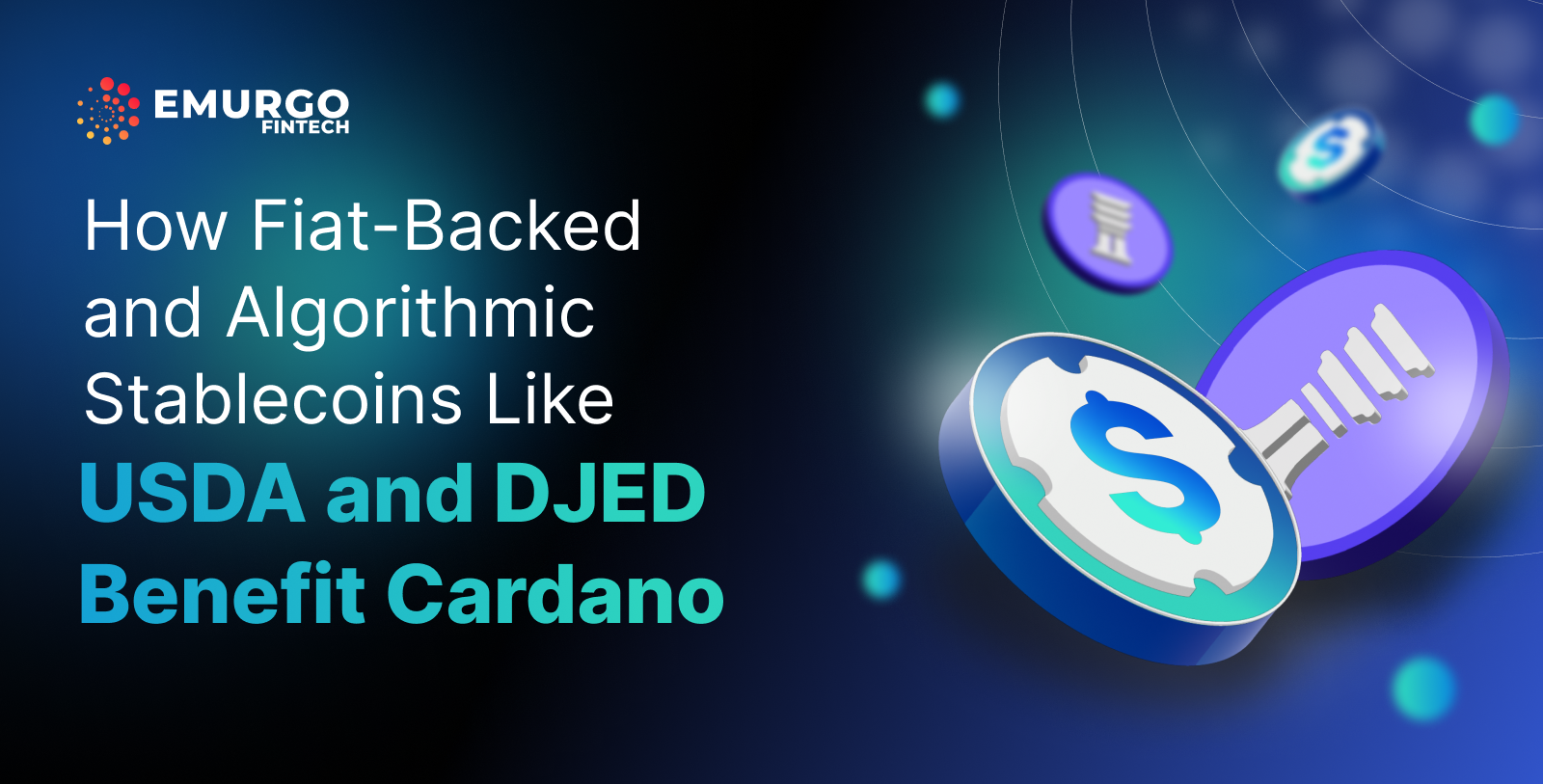Click here for more info on six different Cardano courses!
Increasing Number of Blockchain Job Opportunities
Interest and job openings related to blockchain have significantly increased over the past few years and are expected to continue to grow as blockchain technology expands its real use cases.
The past year alone has seen a huge global interest into blockchain use cases for Web3 applications, decentralized finance (DeFi), NFTs, DAOs, and the metaverse.
From traditional multinational companies to blockchain protocols, DeFi and NFT projects, and more, job opportunities are present everywhere to meet this surging demand for candidates experienced and proficient in blockchain.
Why Learn about Cardano?
Cardano is a globally recognized and environmentally-sustainable decentralized blockchain platform that is scientifically peer-reviewed and purposely built to be scalable for a large number of users, sustainable for generations, and interoperable with other blockchains and legacy networks.
Last year, Cardano’s Alonzo upgrade brought smart contracts support to Cardano’s blockchain network, enabling the development of decentralized applications (dApps) on its platform.
Yet, smart contracts alone are not enough to create dApps.
Modern Layer-1 blockchain protocols such as Cardano require an extensive set of tools that help developers design and deploy dApps for public use.
One of these important tools is the Plutus Applications Backend (PAB).
Why PAB is Unique and Needed
To illustrate the essential need for the PAB and why it offers something unique to building dApps on Cardano, we must first look at Ethereum and its dApps.
- MetaMask and lightwallets
The main connection point between dApps on Ethereum and the typical end-user is a light client crypto wallet (lightwallet) such as MetaMask.
These types of wallets normally work as browser extensions that connect with a particular blockchain’s dApp and are used to sign transactions. They are a quick way to connect with that blockchain and does not require running a full node which makes things slower.
As one of the early light wallets able to connect with smart contracts, MetaMask has become well-known.
In fact, many other blockchain prefer to just implement MetaMask than develop and launch a light wallet of their own.
Yet, there are some problems with MetaMask.
First, its functionality is limited as it only works as a dApp connector in most cases.
In recent months, it has rolled out a token swap capability, but that just puts it in direct competition with other dApps on Ethereum.
Second, as an Internet-connected hot wallet, there is a greater potential risk of being hacked, especially for those unfamiliar with wallet security concepts such as private keys or seed phrases.
Third, MetaMask does not have access to the personal info of the user, but the browser does. Most browsers, such as Chrome, gather this information, which can compromise privacy.
These issues can be mitigated to a large extent however with the use of hardware wallets interfaced to Metamask. However, only a handful of crypto users tend to use hardware wallets, and surprisingly even experienced crypto investors seem to only adopt hardware wallets after being hacked and coming to know about the necessity of hardware security.
- Ganache
Before dApps can be deployed and used by the general public, they have to be tested.
The most widely used tool to test dApps on Ethereum, and most Ethereum Virtual Machine (EVM) blockchains is called Ganache.
Ganache comes in two varieties:
First, a graphical interface that shows blocks, transactions, block production, wallets, and other info in a friendly format.
Second, a command line interface (CLI) that is used by most professional developers since it’s quicker to use and can be customized for special use cases. Ganache has managed to gather wide acceptance among blockchain developers.
Yet, it has some drawbacks.
First, and foremost, Ganache is not able to simulate realistic Ethereum gas costs (fees). Transactions when testing in Ganache just go through using the minimum gas, and that is unrealistic when it comes to the live Ethereum network.
One of the special functions of Ganache CLI is to allow backtesting from a previous point from the Ethereum mainnet. This is great to test some transactions and smart contract computations using how Ethereum has behaved in the past, but that doesn’t mean these conditions will be the same in the future.
This limitation means testing of real world conditions is difficult on Ethereum.
That is because of its design, as gas costs always vary greatly on Ethereum and simulating them is a difficult task given all the different variables involved.
The fragmented nature of Ethereum’s development has also resulted in some challenges. The tools on Ethereum are divided among islands that belong to companies, or projects. They don’t communicate with each other very well, and because they are competitors, there is no incentive to make them more interoperable.
Finally, the bane of all the tools on Ethereum are gas prices.
The Turing-complete EVM allows for any arbitrary code to be executed. This means that there is no way to know ahead of time what the cost of a transaction will be, or if the transaction will succeed.
Simulating this in a testing environment is enormously difficult.
This is a major obstacle for development in Ethereum and EVM blockchains as it’s a hurdle that results from the core design of the protocol itself.
For this reason, it’s hard to imagine that it’ll ever be completely solved.
Stay tuned for the second part of this blog which will look at the Cardano approach to the same problems utilizing the PAB for a much more efficient solution to creating dApps.
Choose from six tailored courses to learn about Cardano and upskill your career!
As the official commercial arm and a founding entity of the Cardano blockchain, EMURGO is uniquely positioned to leverage its extensive knowledge of Cardano’s technical development to offer curated educational courses on Cardano to interested students.
All courses are taught by professional instructors with actual blockchain experience.
EMURGO Academy, EMURGO’s education unit, has now expanded to offer six different courses on Cardano to a range of student types interested in becoming a Cardano developer, a Cardano entrepreneur, a Cardano business analyst/consultant, and more.
For more information on each of the courses and to contact a representative, please visit the link here now!
About EMURGO
- Official Homepage: dev.emurgo.io
- Twitter (Global): @EMURGO_io
- YouTube: EMURGO channel
- Discord: EMURGO Community
- Facebook: @EMURGO.io
- Instagram: @EMURGO_io
- Medium: EMURGO Announcement
- LinkedIn: @EMURGO_io



